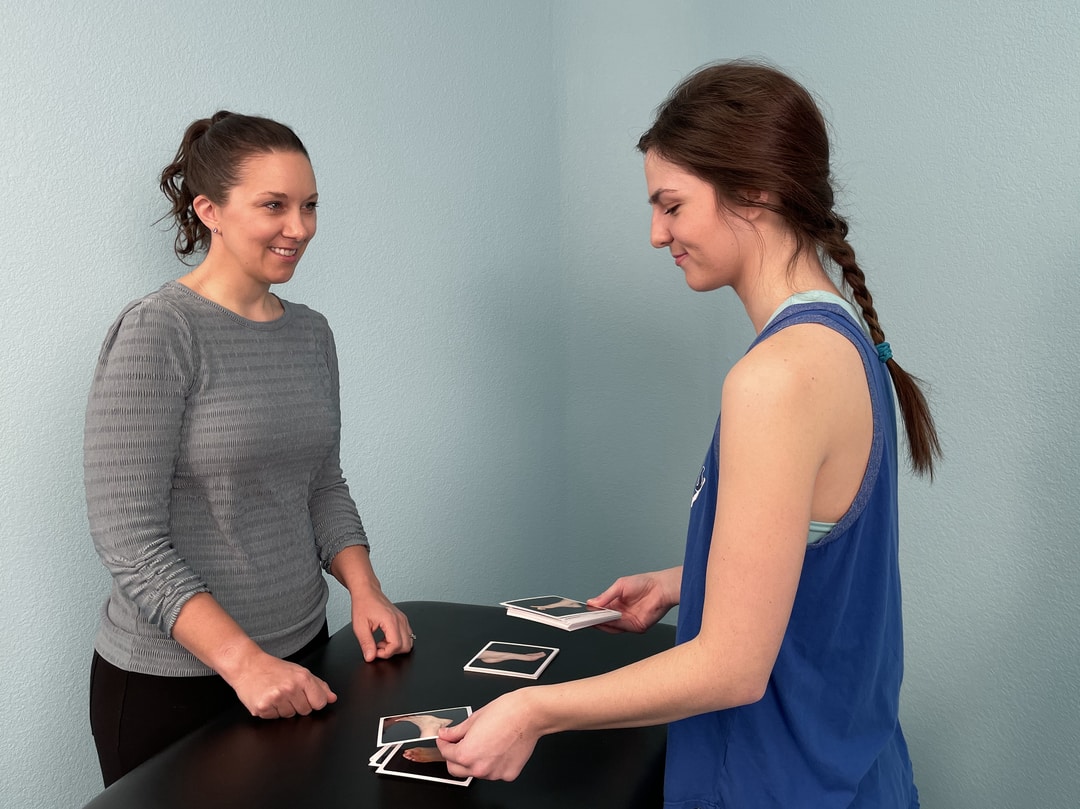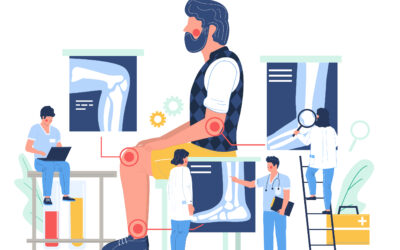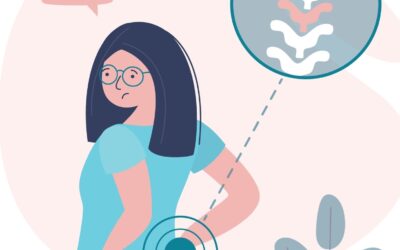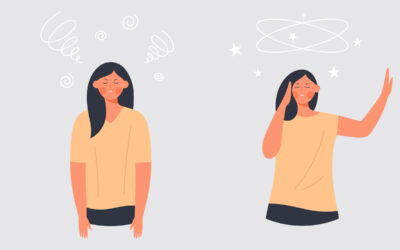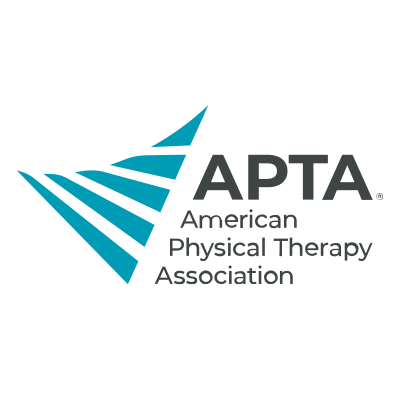By Angie Blaikie, MPT
Pain is one of the less desirable parts of the human condition. We all experience it at multiple points in our lives, in different ways. The conditions we are under when we experience pain can affect how that pain feels as well as how long it lasts. Something that causes severe pain for one person may cause only mild pain for another. Pain is very individualized, and can be affected by your mental and emotional state at the time.
Pain is the #1 reason that people seek physical therapy. As physical therapists, we have many tools for helping people recover from and manage their pain. It starts with a thoughtful and thorough evaluation, with an emphasis on listening to the patient’s goals and concerns. We then focus on creating a plan to help meet those goals and manage those concerns. Here are some of the tools that the physical therapist has to treat and manage pain:
Exercise
Our muscles were designed to be turned on and off, to move our joints as we interface with the world around us. When they get out of practice due to prolonged rest that occurs with an injury or illness, they get “rusty” and don’t always work the way that they were designed. Simple exercises that can be adapted to a position of comfort can help improve the way that your muscles work, and can gradually be adapted as a person’s level of function improves.
Cardiovascular exercises like walking, bike riding, jogging or swimming have been found to have profound positive effects on our brain chemistry over time, including increasing what we call the “wet brain” – your brain’s ability to generate its own opiate-like pain relievers.
Picture yourself running across the street and you step on an old rusty nail – you feel it pierce the bottom of your shoe but you are moving too fast to alter the pressure to keep it from piercing the bottom of your foot. At the same instant you realize that a bus is coming and it’s going to hit you if you don’t continue across the street quickly. What happens? Does the pain from the nail prohibit you from crossing the street? It doesn’t. Your brain very quickly shuts down that pain from the top down to allow you to get to safety before assessing the damage to decide what your next move is. When people have been in pain for a chronic or extended period of time their brain loses the ability to make these pain relieving chemicals, causing every little thing that comes along to have a better chance at causing lingering pain. Cardiovascular exercise is one of the ways that we can help the brain regain this cool trick. We can help you find the type of exercise that will work for your body to help turn that wet brain back on and get those pain relieving juices flowing!
Helping You Understand How Pain Works
Recent studies have shown that teaching people about how pain works can actually reduce pain intensity in people with long standing or chronic pain. Having a better understanding of how pain works can also reduce anxiety about pain that seems random or impossible to know when or why it will be better or worse. Therapists and other healthcare providers from all over the world have worked to develop stories and metaphors to make the concepts easy to understand and relate to. A large focus on the therapeutic pain specialist program that I have taken is on understanding the neuroscience of pain, as well as creative ways to make it easy to understand, even if you aren’t a scientist or medical professional.
Graded Motor Imagery
Graded Motor Imagery is a technique that allows your therapist to test and exercise the relationship between your brain and your painful body region. Believe it or not there are ways to test the relationship between your brain and your pain without even touching the painful area! The activities include things like identifying left and right body parts, sensory drills like identifying a letter or number drawn on your skin with a blunt object or mirror view drills that allow your brain to perceive your painful area moving even when it is not! Progress through the stages is guided by your tolerance to the activity.
Hands on Therapy
In cases of acute or new pain – hands on or manual therapy is one of a physical therapists greatest tools. During your physical therapy evaluation your therapist will do tests and feel the tissues around your painful body region to assess for changes that can be improved with manual therapy. In the case of chronic or long standing pain, manual therapy can be helpful, but it is rarely ever a silver bullet for resolving chronic pain.
Heat, Ice, Electrical Stimulation
These tools all have gotten a bad rap in one article or another over the years. While they may not be the holy grail of pain management, they can be helpful tools to get you back on the road to recovery. Ice may not be the anti-inflammatory treatment that we once thought that it was, but if you carefully cool your body region to the point where it is numb to cold you can get 30 minutes of pain relief even after you remove the ice. Heat can relax tense muscles, that relaxation can lead to pain relief. And while TENS/electrical stimulation only works when it is turned on in most cases – wearing a TENS unit when you need to get something done can help send sensory information through your peripheral nervous system (the nerves in your body that send information to your brain) making it harder for pain information to be transmitted. Also – because these are passive treatments (they don’t require significant action on your part) they can creatively be paired with a more active strategy to boost the effect.
Here are some examples: heat with meditation, ice with isometric strengthening exercises, TENS while you walk. One word of caution – if you have a new injury the pain you are feeling is designed so that you will rest the injured area. If you numb this pain and go about your business you could set yourself up for a more complicated road to recovery.
Other Tools
Your therapist can help guide you through other tools that have been proven to help with pain management. Your therapist can help identify problems with your sleep patterns that can contribute to chronic pain and help you fix them. We can also help you learn mindfulness and meditation, breathing exercises and other tools to manage stress and calm your mind.

